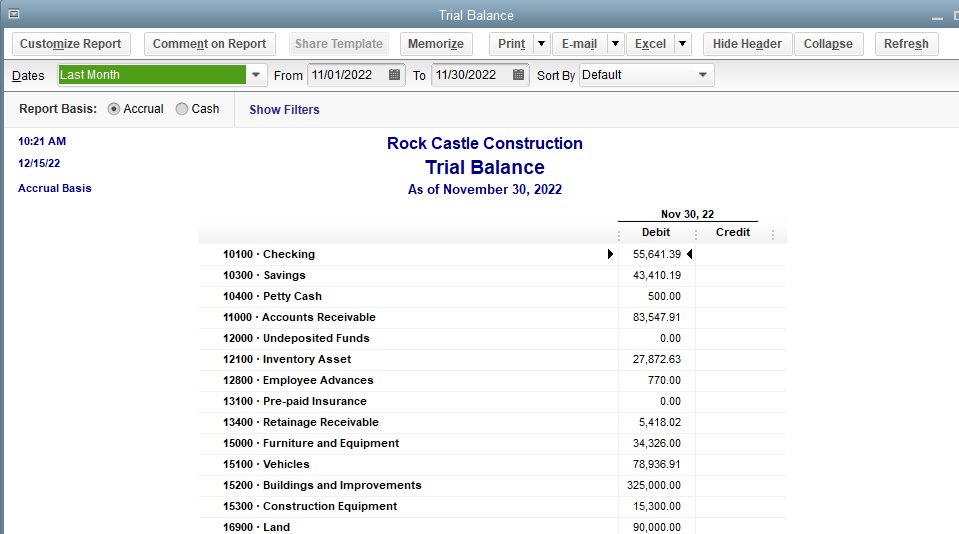

Here’s why this should be considered before converting any clients currently tracking inventory in desktop: Inventory costing method: You should be aware that the default costing method for inventory in QuickBooks Desktop is average cost QuickBooks Online’s costing method is FIFO. You will need to dig into your client’s desktop file and look at the following areas. We must assess the client, know what will happen in the conversion process, then clean the data if necessary, and move forward. You may have heard a painting contractor say, “Most of the work is prep, not the paint.” Well, the same applies for us here. Here is a link to a comprehensive outline of what to expect from the conversion tool.Īs far as the conversion tool itself, most of the time the process goes pretty smoothly, but before doing this step, we need to do our homework. However, be aware that some of the information will not be imported during the conversion. If you’re new to converting files from QuickBooks Desktop to an online version of QuickBooks, there is a conversion tool located in QuickBooks Desktop that will transfer nearly all of the desktop database to QuickBooks Online Advanced.

There are several processes that should be considered before recommending and converting to QuickBooks Online Advanced, but let’s begin with looking at your conversion tool limitations. Understanding the “why” things do or don’t convert is key to understanding what the possibilities and limitations are. My objective here is to concentrate on the basic parameters to consider when converting. This article is designed to diagnose a client’s eligibility for conversion and then to walk you through the process, step by step, with easy-to-follow checklists. Conversion for some clients may be easier than others. Congratulations for choosing to modernize and move your client to QuickBooks® Online Advanced.


 0 kommentar(er)
0 kommentar(er)
